The outgoing week, unfortunately, was not remembered by us with novelties in the world of smartphones or some super loud scandals, if not counting the development of existing ones. Despite this, something interesting still happened during these seven days. For example, we found out why the most goofy gadget Microsoft at $ 1,400 won't be able to work properly with NFC. And these are not rumors or speculation, but the official response of the company. We also learned that Android 11 will make the life of smartphone camera users a little more difficult by taking away an important and useful function from them. There were other news, which you can find out or remember in our traditional Sunday news collection. In it, we summarize the most interesting events of the week and always find something to talk about on Sunday evening.

This week, a lot of news focused on Android 11.
Why Microsoft Surface $ 1400 Duo doesn't support NFC
The first pancake is lumpy. This is how it is customary for people to justify the first failed attempt to do something. Usually this is necessary so that a person does not lose the motivation to do something further, but some consider the expression about pancakes as a kind of indulgence, which gives them the right to do real trash. Obviously, Microsoft thought so too, because when developing her first smartphone running Android, which is about to go on sale, she clearly cheated.
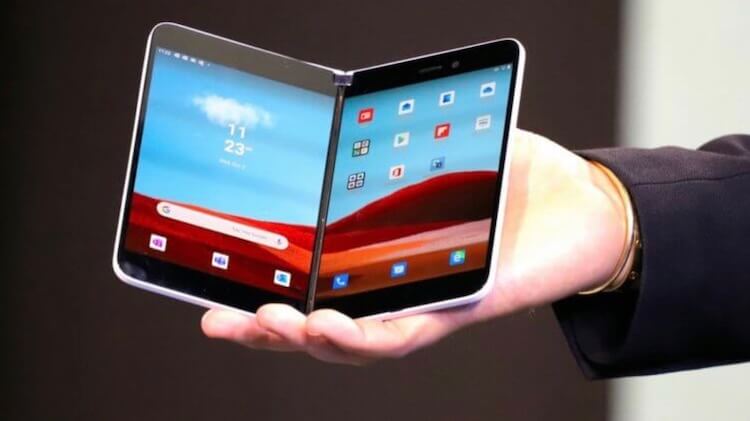
Surface Duo doesn't even support NFC
The foldable Surface Duo, which is slated to go on sale on September 10, does not have NFC and does not support contactless payments. This is especially hard to believe when you find out the price of a new item, because it costs neither more nor less than 1399 US dollars. Undoubtedly, the folding design makes the smartphone more expensive, but not equipping it with a near-field module, in my opinion, was a real redneck, if not blasphemy, because today this chip is in any, even the cheapest Chinese smartphone, but not in the Surface Duo. However, Microsoft has an explanation for this.
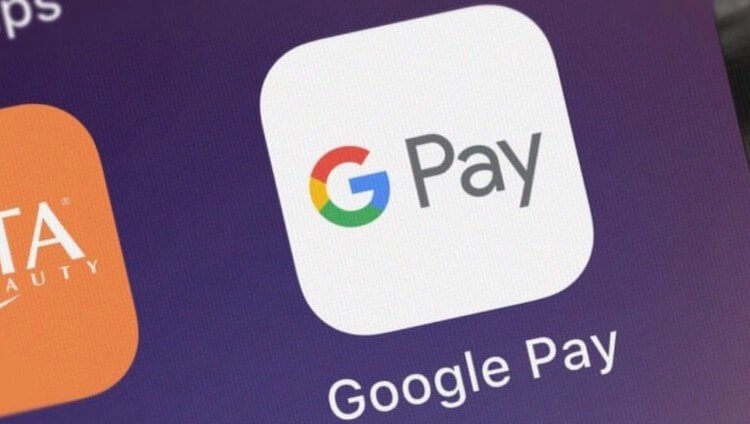
Contactless payments won't work on Surface Duo
Surface Duo does not currently support NFC. The intent of each first product in the series is to focus on fundamental use cases that would solve the problems of its customers. Surface Duo is specifically designed to work on the go, and opens up new ways for its users to solve complex problems while away from the computer. It was our duty to fulfill this tenet, and we will listen to our customers' feedback, embodying them in future generations of Surface Duo, explained in Microsoft.
If you condense all of the above into a few words, it turns out that Microsoft was just not before NFC. That is, the company decided that equipping a smartphone with a near-field module used for contactless payment would not make the weather for users. After all, those who buy the Surface Duo are clearly looking for a work tool that can replace a desktop or laptop for complex tasks. But, in my opinion, it is a little strange to justify the refusal to implement a simple component by the desire to focus on the implementation of fundamental functions.

Surface Duo is too expensive and too fancy to buy
On the other hand, the company can also be understood. She doesn't know if her project will take off or not. After all, the question that is being asked now Microsoft is the question of trusting the form factor. Still, you need to keep in mind that Surface Duo is rather atypical and, despite the folding design, has two displays, and not one, like all other smartphones. Therefore, if users need such a device, they will buy it without NFC. And later, if the Surface Duo concept turns out to be popular enough, NFC and everything else can be easily screwed on.
I don't know what he is counting on Microsoft, but personally, I would definitely not buy such a smartphone for myself. And it's not even about the price, although it is quite high. The fact is that the company was never able to explain why I need such a device. Yes, I have been repeatedly told about working scenarios, about desktop tasks, but they have never demonstrated any examples of such tasks that I cannot solve on my regular smartphone at a price three times cheaper than Surface Duo. Therefore, I think that I will not be mistaken if I assume that the project will fail in the next couple of years.
With Android 11 wireless Android Auto will become much more accessible
Do you know what I dislike most about using systems like Android Auto and Apple CarPlay? That these systems almost never work without a wire in a car. As a result, you buy yourself a car with a good audio system, the possibility of keyless entry and a beautiful interior, and as a result you get confused in these ugly wires, which must either be rolled up and removed every time, or left lying in the cabin. Both options are so-so, which is why I used these systems about two or three times in a year. Once to play around, and once or twice to give the system a second chance. With the release of the new Android 11, everything should change. If this does happen, then we can only thank Google, but for now, just wait.
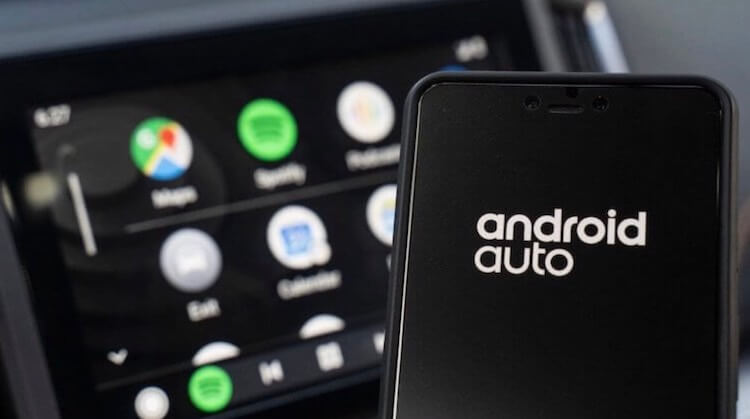
Android Auto is nice and useful
When Android 11 comes out next month, the number of wireless devices Android Auto will increase to … all. Yes exactly. All devices that can potentially connect like this will begin to do so.
According to Google's recently updated FAQ page, all devices on Android 11 will support wireless Android Auto.
However, there is one small clarification, which, however, should not somehow greatly affect the result. It is important to keep in mind that the phone must support 5 GHz Wi-Fi. Considering that even inexpensive models got them several years ago, this should hardly be a significant problem. As a result, this will be virtually every phone released in the past few years. Especially considering that Android 11 simply won't install on very old devices.
There is also a second, slightly less pleasant moment. In addition to the fact that your smartphone should work with Android Auto, the acoustic system of your car should also have this capability. Here it will be a little more difficult.
Currently, only a few manufacturers can make car head units that support wireless connectivity via Android Auto. First of all, these include Pioneer and JVC Kenwood. You can consider this a minus and say “everything is clear, we disagree”, but not everything is so simple.

When a car has Android Auto, it almost turns into a smartphone.
You yourself understand that manufacturers are lazy and careful. They will not do anything just like that, if it is not in demand so much that, according to the law of large numbers, it will bring them at least some amount of money. Now, remember that on the phone side, wireless connectivity was limited to almost a few devices. Now the picture will change, and this suggests that music system manufacturers will also catch up so as not to lose customers. It is even possible that some models can be simply updated by software to get this opportunity.
If we talk about car manufacturers and their standard head units (possibly in some trim levels), then some have already announced that they will work in this direction and will make support Android Auto a basic function. Among such manufacturers one can name Ford and BMW, which, by all appearances, are generally “for any movement”.
Initially Android Auto was launched back in 2018. The beginning of the work of such a function was told at the Google I / O developers conference. The introduction of wireless Android Auto is quite slow so far. Most likely because it requires a lot of hardware changes. To make it work properly. But most of all questions are about software. Manufacturers clearly do not want to release a raw product quickly and do not want to spend a lot of time and money on development for the sake of “two and a half users”
The presence of 5GHz Wi-Fi in our time is not a problem at all and only smart home gadgets of some kind stubbornly refuse to build it in (even expensive ones and those that are powered from an outlet). Such Wi-Fi is needed because Bluetooth simply cannot provide the bandwidth that is needed for Android Auto to work. Otherwise, things could have been a little easier.
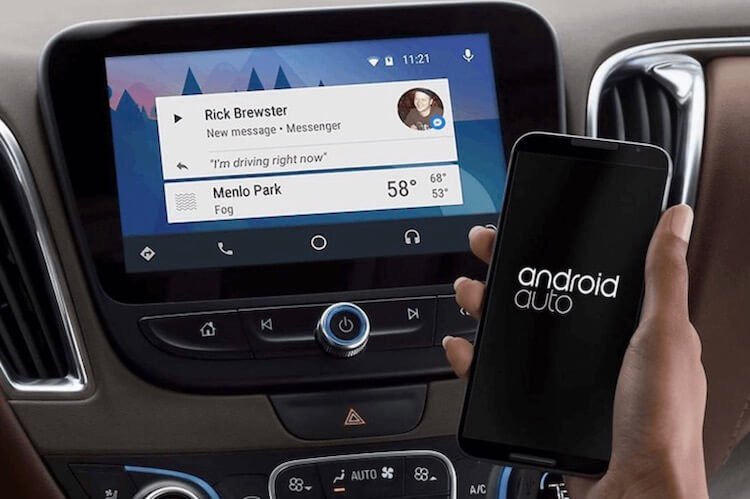
Whoever used it wants to do it again, but the wire spoils everything.
There is a fly in the ointment in the honey barrel, which we are talking about now. A significant disadvantage of using wireless Android Auto is that the phone will sit down while driving. At the same time, faster than he would have done it while in standby mode. Of course, some cars have built-in wireless charging and you can completely avoid wires using it, but the fact remains – the phone sits down. Android Auto is demanding on energy and you can get into trouble. Especially if you have a Google Pixel 4.
All the same, even taking into account all the “but”, the news is good and the appearance of another useful function for Android, all the more so important, is always nice. Now you can tell us in our Telegram chat what you think about it.
The new version Android will make it harder for users to take good photos! This news could be called so – it would also be true. The main thing is that now the capabilities of everyone who has Android 11 installed will be a little more scarce. This is most likely due to additional security measures designed to make the operating system more secure, but this way we end up with iOS. It turns out that Android will no longer have the functionality for which it was appreciated? Anything is possible, but so far we are only seeing the process of introducing new restrictions. What happened to the smartphone camera this time and is everything as bad as it might seem at first glance? Is it even worse?
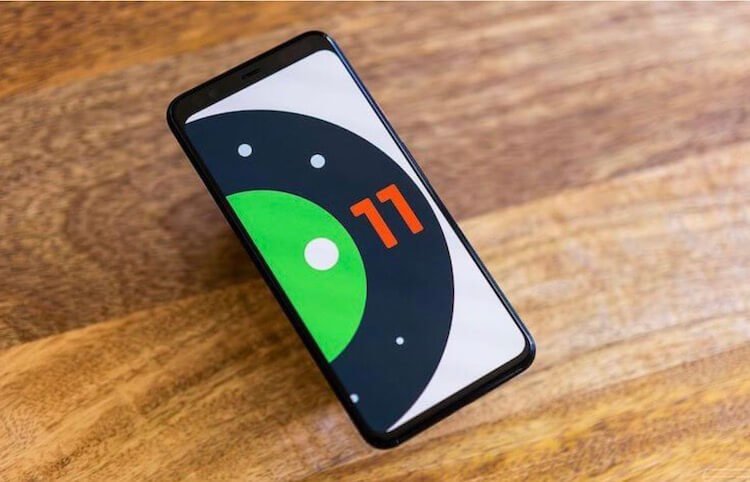
In Android 11 we have already prepared at least one trick.
From the very beginning, the main advantage Android really was that the system was as open as possible for any developer. They could do whatever they wanted as long as they could put it into an application form. But that has changed over the years as security and privacy have become more of a priority.
Every major update over the past decade has closed features or added user restrictions, but some of the sacrifices may have been unnecessary. It is possible that the new decision of the company is a reinsurance, without which it was possible to do, but she is convinced of the opposite.
Another innovation Android 11, this time will deprive users of the ability to choose third-party camera applications for shooting or video on behalf of other applications. Now, in this case, you can only rely on the built-in camera application.
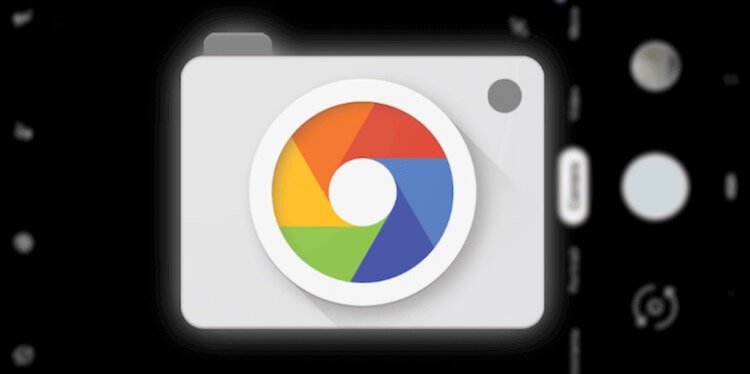
Each application will need to use a stock camera.
At the heart of this change is one of the defining features Android – the Intent system. Let's say you need to take a photo of something in order to send it in a message or upload it to Avito. Previously, you would be prompted to select a camera and if you have multiple third-party apps installed, you could choose the one you like best. Now this cannot be done and you will have to use only the standard application.
The problem is that low-cost smartphone manufacturers often skimp on the camera app. It is it that is largely responsible for the quality of the images. The sensor is good, but the information from it still needs to be processed. For higher quality images, you can install third-party applications, but they will now be a little more difficult to use.
Usually, developers of non-core applications did not bother to make a full-fledged built-in camera and simply gave it to the operating system through the intent system, which offered the choice. Now there will be no choice. Only stock application – only hardcore.

Some built-in cameras perform very poorly.
Google sees this as a reasonable compromise in the fight for user safety. However, she does not give an answer as to what exactly made these intentions dangerous. Some users may have been tricked into installing a malicious camera app by default and then using it to capture images that should have been kept private.
Android 11 not only allows the pre-installed camera app to automatically launch on demand, but also prevents app developers from conveniently providing their own interface to simulate the same functionality. This even applies to apps built by Google itself.
At the same time, a third-party application can be made the default application, and in this case the application that needs to receive a photo will refer to it. This is not so convenient, because some camera applications offer higher quality, others offer more filter, and still others do something else. As a result, some users simply cannot choose one default application for themselves and often use different cameras for different purposes.
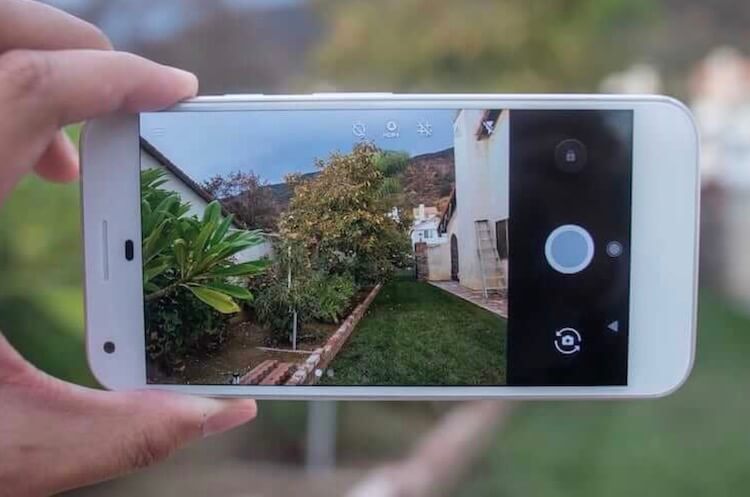
Good smartphones with a camera are fine. Inexpensive ones have problems. That's what third-party apps are for.
It is not yet clear how this will affect the final version Android 11, but at the moment everything is exactly like that. There is also no reason to believe that such changes will be canceled in the future. Most likely, if it appears in an upcoming version Android, it will become the standard for all future versions. If you disagree with this, please express yourself in our Telegram chat. Let's see how many of us.
This, of course, is not a critical change, and for many users who already use the built-in camera by default, it will simply be invisible. However, this reveals some of the company's intentions, which indicate that it is taking security more and more seriously.
In addition, many users will indeed experience certain inconveniences from such an innovation. Especially for those who install GCam ports or cameras with a lot of filters for use on social networks on their smartphone.
No smartphone Huawei will receive updates anymore Android
I well remember how a year ago the United States proudly declared Huawei a threat to national security and imposed sanctions against it. Because of this, the Chinese tech giant has lost the ability to install Google services on all new smartphones. Then everyone thought how good it was that the Americans followed the general legal principle, which is that the law has no retroactive effect and does not extend sanctions to all devices that came out before their introduction. But it was not there. As it turned out, the United States simply issued Huawei a temporary license for all old devices, now it has ended and no one is going to renew it. Absolutely.

Huawei will not renew the license to update their smartphones
The US will not renew the license for Huawei, which allowed the company to install Google services on them and continue to update its smartphones based on Android. This decision was made in the administration of the President of the United States, reports Reuters. Moreover, the apparatus decided to toughen sanctions against the Chinese corporation, extending them to 38 subsidiaries and affiliated enterprises, through which Huawei managed to conclude contracts with American companies for the supply of components.

Huawei will lose a lot if the US does not renew the license
The absence of a license and tougher sanctions are guaranteed to lead to the most unpleasant consequences both for itself Huawei and for its users. From now on, the company is prohibited from:
- Install Google services on any smartphones;
- Distribute monthly security updates;
- Use system tools like GMS and Google Cloud;
- Release Kirin processors based on ARM architecture;
- Install any American applications.
'The US Department of State supports the Commerce Department's decision not to conduct business Huawei that circumvents the laws of the United States. For this, it was decided to limit the opportunities Huawei to interact with American enterprises by restricting the rights of 38 affiliated with Huawei enterprises, on behalf of which the company entered into contracts in its own interests. The United States has provided local organizations with enough time to switch to alternative software and equipment, so we consider it more impractical to renew the license, 'the State Department said.
As you can see, there are quite a few restrictions, and they would knock down any other manufacturer overnight. But, firstly, Huawei not only has its own AppGallery app store and a package of services Huawei Mobile Services, which are responsible for auto-updating, sending notifications, synchronizing and creating backups, but, secondly, a chance to continue to survive in the current situation if the company's partners themselves submit a request to the Ministry of Trade for a license for mutual cooperation.

Companies that want to cooperate with Huawei will have to apply for a license on their own
In theory, any company, including Google, can apply for a license. Another thing is that we do not yet know what the search giant thinks about this, which for some reason is in no hurry to request a license. Today one of the few companies that have applied for a license and successfully obtained it is Microsoft. For this reason, our own laptops Huawei work on the basis of Windows and regularly receive all updates, and AppGallery hosts all the company's applications, from where they can be downloaded without any problems.
Against this background, the promises Huawei to continue updating their smartphones and providing them with access to Google services look quite comical. Indeed, a day earlier, representatives of the company issued a statement that the expiration of the license will not affect users in any way, and nothing will fundamentally change for them. Well, to be honest, this is partly true. Huawei and has not particularly liked security updates before, at best releasing them every 3 months. But without Google services it will be difficult.
